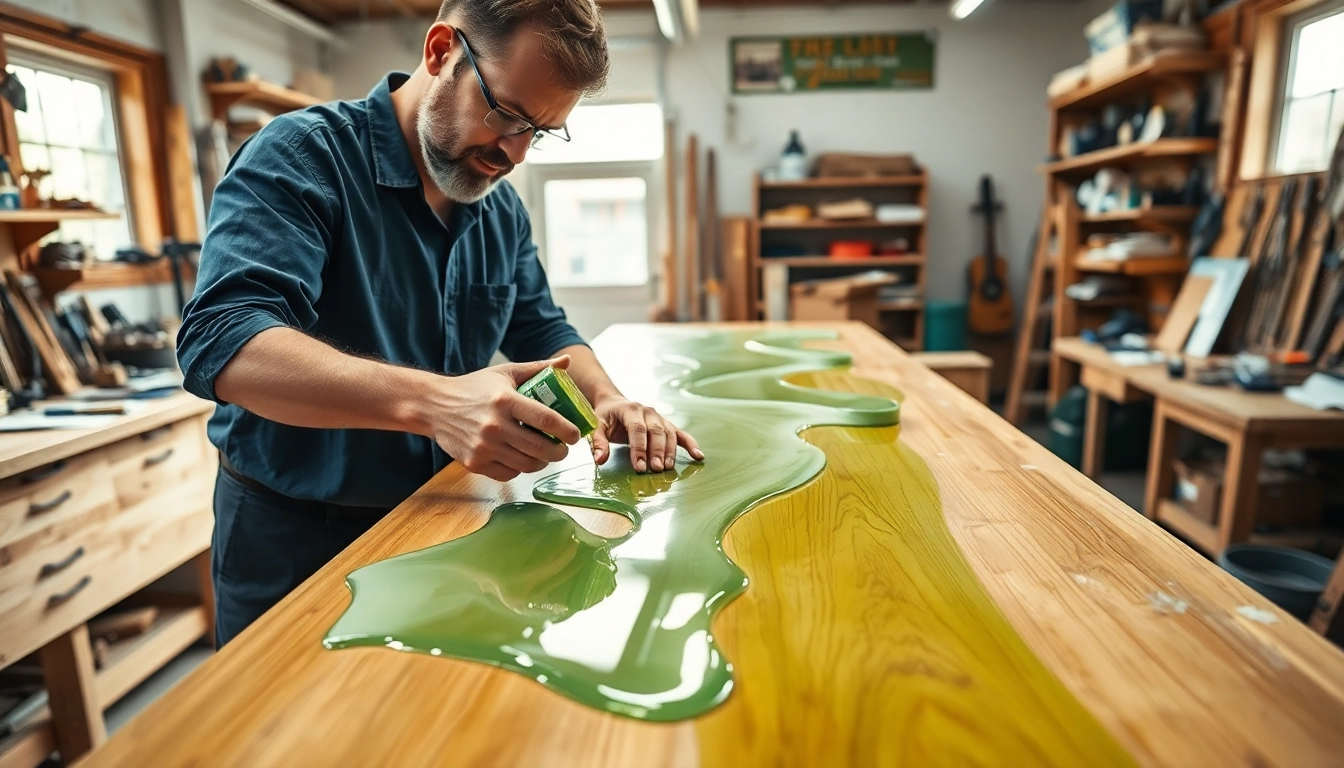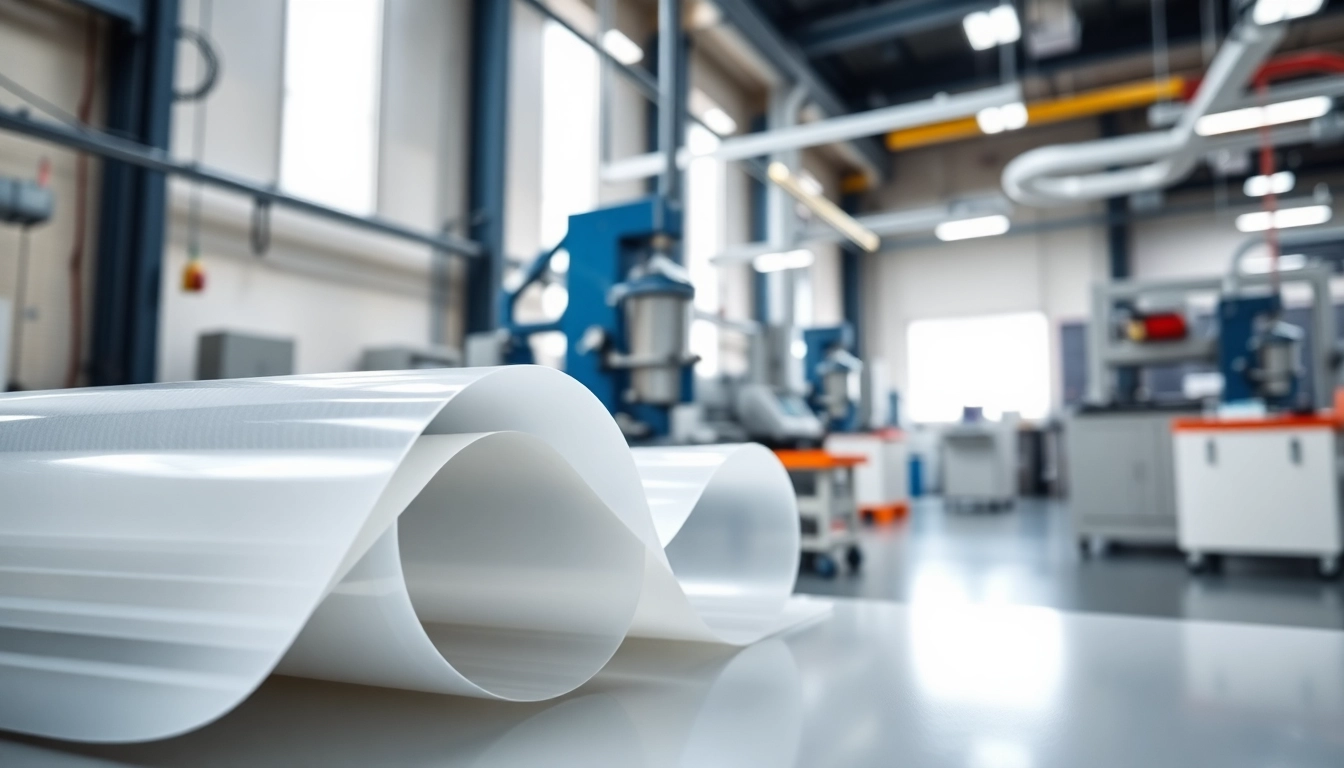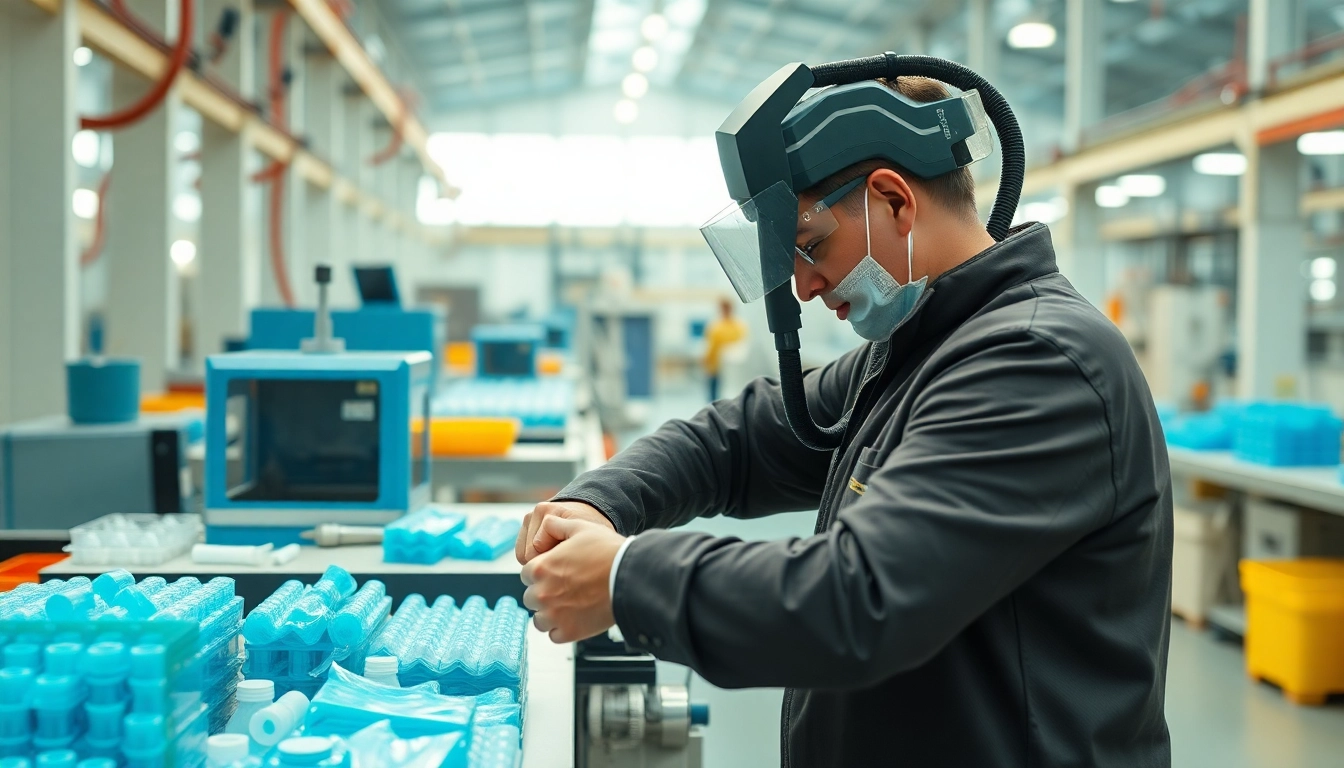Understanding Laminating Resin
What is Laminating Resin?
Laminating resin is a versatile adhesive material primarily used in the composite fabrication industry. It is formulated to create a strong bond between layers of reinforcement materials, such as fiberglass, carbon fiber, or Kevlar. When cured, laminating resin hardens to form a solid composite structure, ensuring excellent structural integrity and durability. This resin type plays a crucial role in applications where a lightweight, yet sturdy solution is required, such as in marine, automotive, and aerospace sectors. The importance of laminating resin cannot be overstated, as it enhances the overall performance and longevity of the composite materials.
Types of Laminating Resin
There are two primary categories of laminating resins: polyester and epoxy. Each serves unique applications and offers distinct advantages.
- Polyester Laminating Resin: This type is generally more affordable and easier to work with, making it popular among DIY enthusiasts and professionals alike. Polyester laminating resin is widely used in marine applications, including boat construction and repairs, due to its good mechanical strength and resistance to moisture.
- Epoxy Laminating Resin: Although typically more expensive, epoxy resin provides superior adhesion and chemical resistance. It is recognized for its ability to bond with a wider range of materials, including metals and various plastics, making it suitable for high-performance applications where strength and durability are critical.
Benefits of Using Laminating Resin
The use of laminating resin offers a multitude of benefits that highlight its value in various industries:
- Improved Structural Integrity: Laminating resin enhances the strength and stiffness of composite materials, enabling them to withstand greater loads.
- Lightweight Configuration: Using laminating resin allows for the construction of lightweight yet robust structures, essential in industries such as aerospace and automotive.
- Corrosion Resistance: Many laminating resins are resistant to harsh chemicals and environmental factors, which prolongs the life of the final product.
- Customization: The properties of laminating resins can be tailored to meet specific project requirements through the modification of formulations, making them highly versatile.
- Cost-Effectiveness: When compared to traditional materials, laminating resin systems can offer financial advantages by reducing material and labor costs in production.
Choosing the Right Laminating Resin for Your Project
Factors to Consider When Selecting Laminating Resin
When selecting a laminating resin, several factors should be considered to ensure optimal performance:
- Project Requirements: Assess the specific needs of your project, including weight, strength, and resistance to chemicals or moisture.
- Application Method: Different resins are suited for various application techniques (e.g., hand lay-up, spray-up, or vacuum infusion). Understanding your application method is essential in selecting the right resin.
- Working Time: Evaluate the pot life and cure time required for your project, as these can affect the scheduling of your work.
- Cost: Compare the costs of different resin options while considering their performance characteristics. Sometimes, it may be worth investing a little more for long-term reliability.
- Manufacturer Instructions: Always refer to the technical datasheets provided by manufacturers, as they offer valuable insights into compatibility and usage.
Laminating Resin vs. Other Resins
Understanding the differences between laminating resin and other types of resins can help in making informed choices:
- Laminating Resin vs. Epoxy Resin: Laminating resins generally cure faster than epoxy resins but may offer lesser structural properties. Epoxy resins, while slower to cure, create strong molecular bonds and are ideal for more demanding applications.
- Laminating Resin vs. Coating Resin: Coating resins are typically designed to provide a protective layer and may not have the same bonding capabilities as laminating resins. They often prioritize surface finish over structural integrity.
- Laminating Resin vs. Casting Resin: Casting resins are formulated for creating solid forms or products rather than layering materials. They often cure thicker and are engineered for low-to-no bubble formation, which is not a primary concern in laminating processes.
Common Applications for Laminating Resin
With its versatility, laminating resin finds use in various applications:
- Marine Construction: Used for building boats, kayaks, and pontoons, where water resistance and structural strength are paramount.
- Automotive Industry: Laminating resins are utilized in the fabrication of body panels, components, and the reinforcement of structures.
- Aerospace Applications: These resins play a critical role in the manufacturing of lightweight aircraft components that require high tensile strength.
- Sports Equipment: Makers of bicycles, snowboards, and other sports equipment benefit from the lightweight properties of laminating resins.
- Art and Design: Artists and designers often use laminating resin to craft unique sculptures and decor pieces, leveraging its ability to achieve stunning finishes.
Techniques for Effective Laminating Resin Application
Preparation Tips for Using Laminating Resin
Prior to working with laminating resin, proper preparation is essential for achieving optimal results:
- Workspace Setup: Ensure your workspace is clean, organized, and free of any dust or debris that could mar the finish.
- Material Selection: Carefully choose reinforcement fabrics, ensuring they meet the project’s specifications and desired outcome.
- Temperature and Humidity: Monitor environmental conditions, as both temperature and humidity can significantly affect resin curing times and performance.
- Mixing Process: Follow manufacturer guidelines for mixing the resin and hardener, using proper tools to ensure a uniform blend.
Step-by-Step Application Process
The application of laminating resin involves several core steps:
- Prepare the Surface: Clean and roughen the surface of the materials to promote better adhesion.
- Measure and Mix: Accurately measure the resin and hardener according to manufacturer’s specifications. Mix thoroughly.
- Apply the First Layer: Use a brush, roller, or spray gun to apply the mixed resin onto the prepared surface, ensuring complete wet-out of the reinforcement fabric.
- Layer Application: If multiple layers are required, apply subsequent layers while the previous ones are still tacky for maximum bond strength.
- Allow to Cure: Follow the recommended curing time, keeping environmental factors in mind.
Troubleshooting Common Issues with Laminating Resin
Despite best efforts, issues can arise in the application and curing of laminating resin. Here are some common problems and their solutions:
- Sticky Finish: If the resin remains tacky after the curing period, it could be due to insufficient mixing or temperature issues. Re-evaluate mixing accuracy and ensure the workspace is within the recommended temperature range.
- Bubbles and Voids: Bubble formation can occur due to trapped air during mixing or application. To mitigate this, ensure thorough mixing and utilize techniques like vacuum bagging.
- Delamination: If layers separate, review the application technique to ensure proper bond and adherence between layers.
- Surface Imperfections: Sand down imperfections between layers before applying subsequent coats, ensuring a smooth finish.
Safety and Best Practices with Laminating Resin
Safety Gear and Precautions
Working with laminating resin requires diligent safety measures:
- Protective Equipment: Always wear gloves, goggles, and protective clothing to safeguard against skin contact and irritation.
- Ventilation: Ensure your workspace is well-ventilated to disperse fumes that can be harmful when inhaled.
- MSDS Reference: Familiarize yourself with the Material Safety Data Sheet (MSDS) provided by the resin manufacturer, which outlines hazards and safe handling protocols.
Proper Disposal of Laminating Resin Waste
Disposing of laminating resin waste should be done responsibly and in adherence to local regulations:
- Collected Waste: Accumulate resin waste in designated containers that meet regulatory requirements for hazardous waste.
- Recycling Options: Investigate recycling options available in your area, as some facilities accept resin materials for reprocessing.
Storage Guidelines for Laminating Resin
Proper storage techniques extend the life and usability of laminating resin:
- Temperature Control: Store resin in a cool, dry location, ideally between 60°F to 85°F, to prevent deterioration.
- Seal Containers: Ensure that resin containers are tightly sealed to prevent moisture ingress.
- Labeling: Clearly label containers with the product name, batch number, and expiry date to ensure traceability and optimal usage.
Enhancing Your Skills with Laminating Resin
Advanced Techniques for Professional Results
As you gain experience, consider these advanced techniques to elevate your results:
- Vacuum Infusion: Explore vacuum infusion techniques for a more controlled resin application that significantly reduces voids and improves fiber wet-out.
- Layering Strategies: Experiment with different layering strategies to optimize weight and strength ratios for specific applications.
Resources for Further Learning on Laminating Resin
Expand your knowledge with additional learning resources:
- Training Courses: Attend workshops or online courses focusing on laminating resin applications and composite manufacturing techniques.
- Online Forums: Engage with communities of like-minded professionals and enthusiasts in forums where tips and projects are shared.
Community Tips and Trends in Laminating Resin Use
Staying connected with industry trends is crucial for success. Some tips from the community include:
- Sharing Results: Document and share your projects to inspire others and receive feedback.
- New Innovations: Keep an eye on new innovations in laminating resins, as various formulations may emerge that enhance performance.



